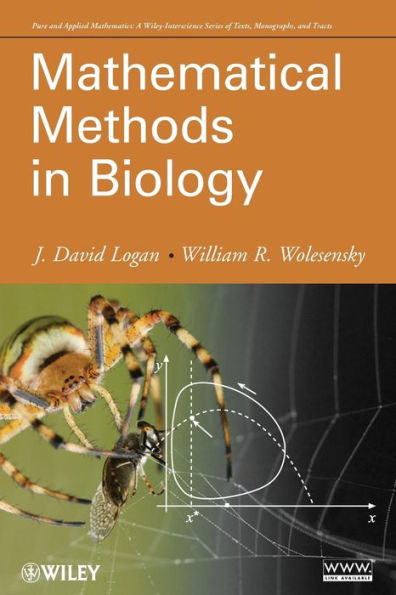5
1
9780470525876



Mathematical Methods in Biology / Edition 1 available in Paperback

Mathematical Methods in Biology / Edition 1
- ISBN-10:
- 0470525878
- ISBN-13:
- 9780470525876
- Pub. Date:
- 08/17/2009
- Publisher:
- Wiley

Mathematical Methods in Biology / Edition 1
$118.75
Current price is , Original price is $118.75. You
118.75
In Stock

Product Details
| ISBN-13: | 9780470525876 |
|---|---|
| Publisher: | Wiley |
| Publication date: | 08/17/2009 |
| Series: | Pure and Applied Mathematics: A Wiley Series of Texts, Monographs and Tracts , #96 |
| Pages: | 436 |
| Product dimensions: | 6.10(w) x 9.20(h) x 1.00(d) |
About the Author
From the B&N Reads Blog

